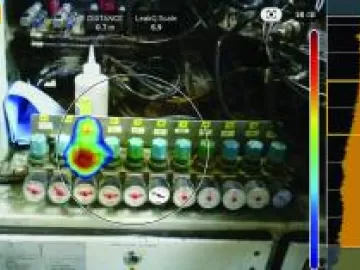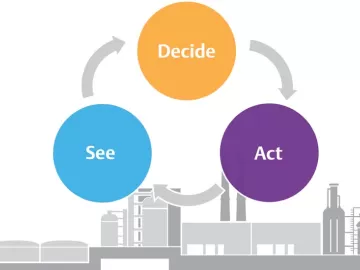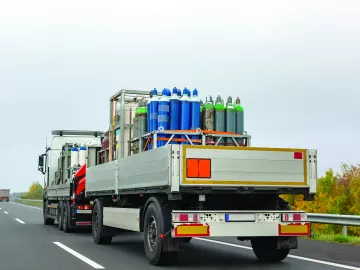Matching the Supply and Demand in a Compressed Air System
Production processes get their energy from the air stored at higher pressure in the piping distribution system. The air compressors simply replenish the air that is consumed. It is an important distinction to make. The energy input in compressing the air is supplied to the connecting pipes for delivery to the various demands throughout the facility.











